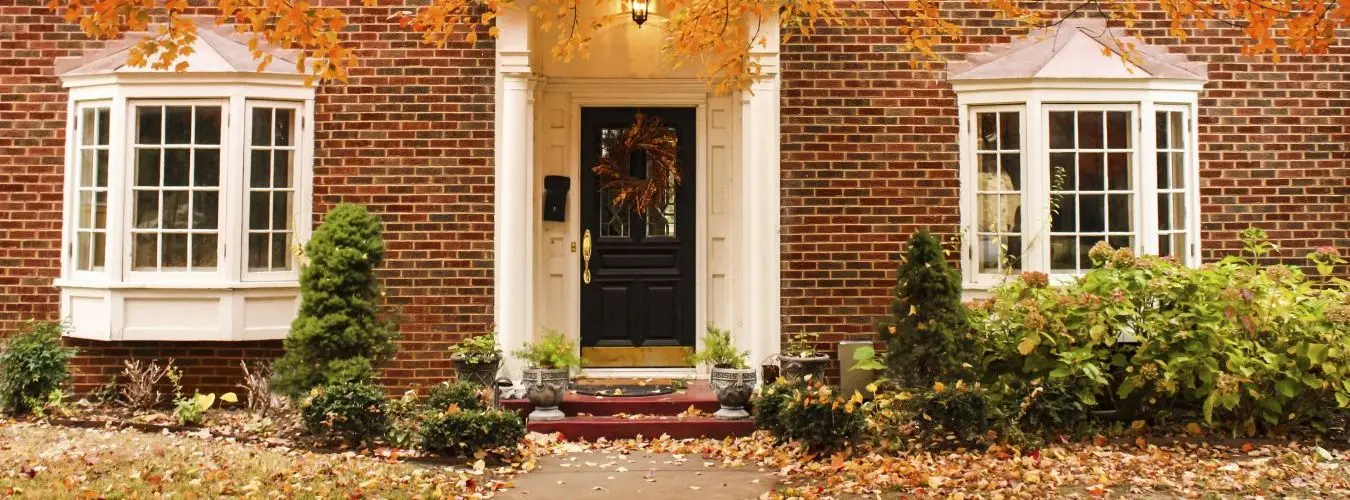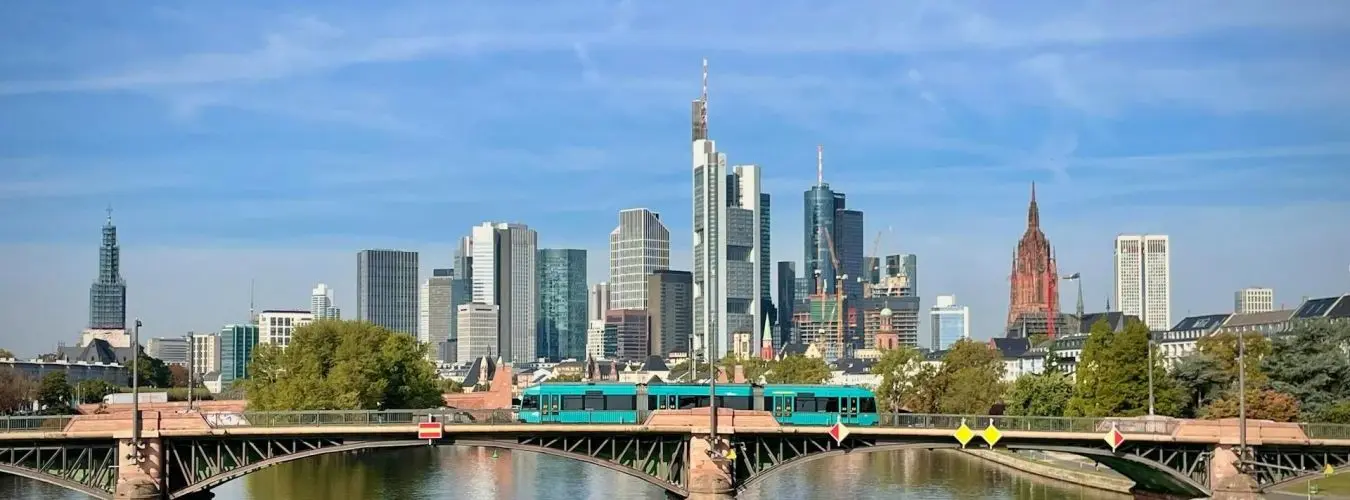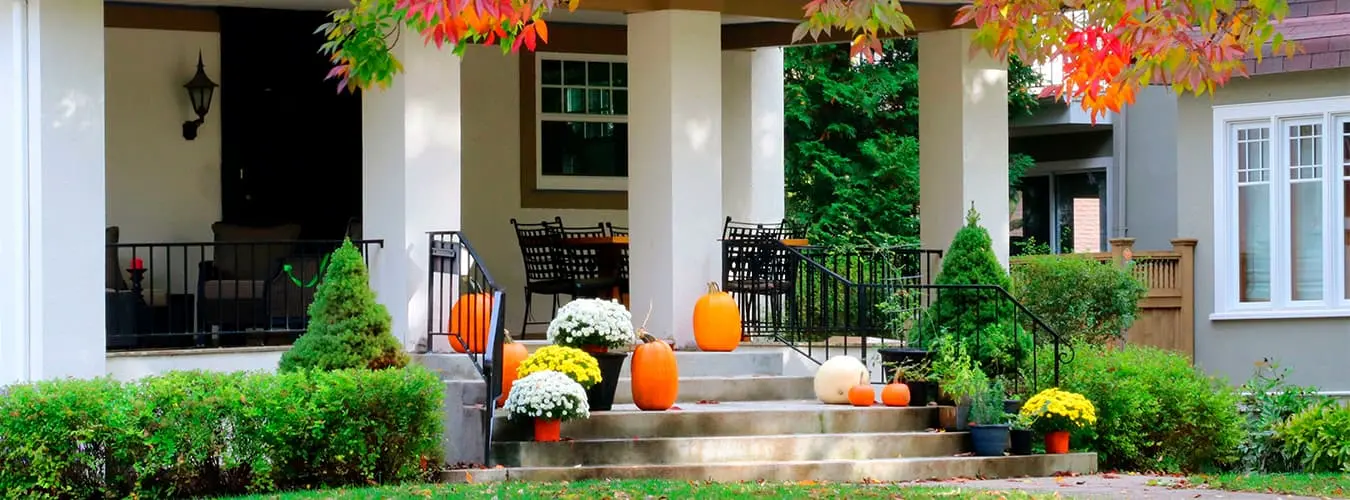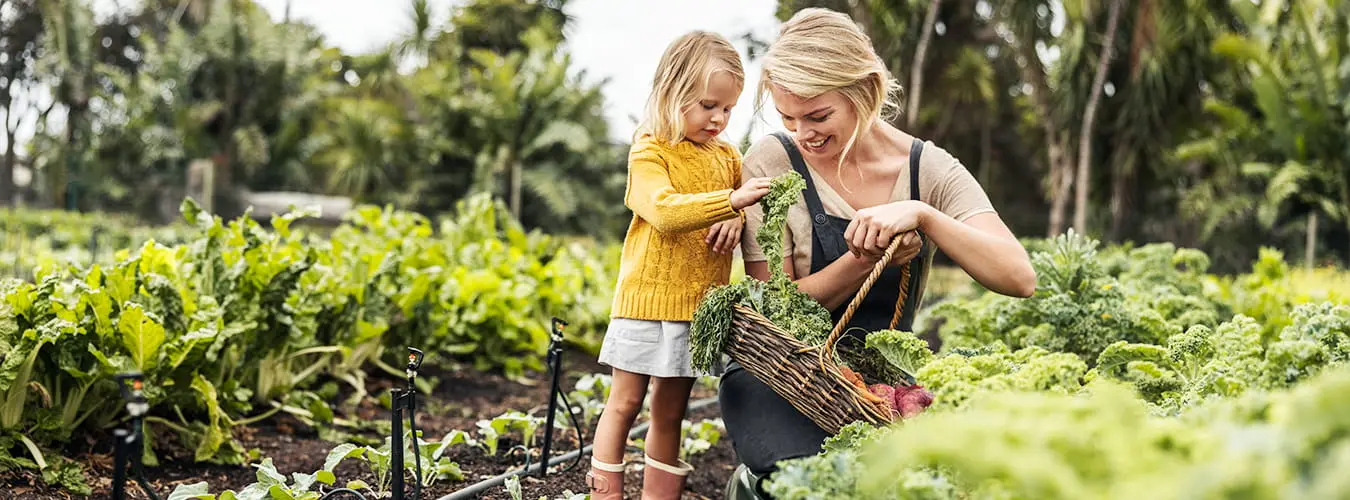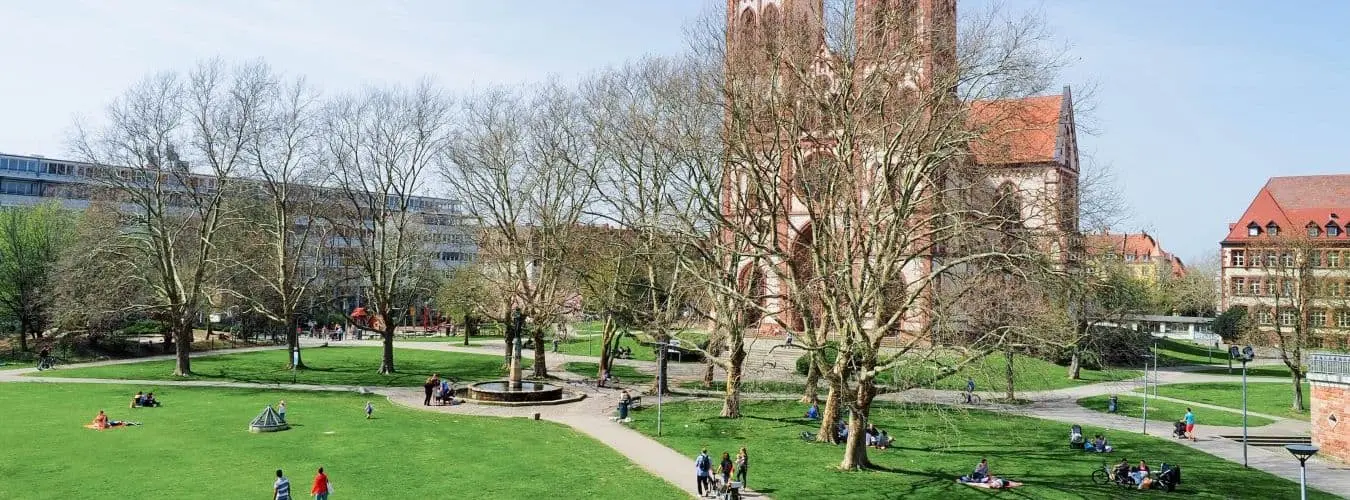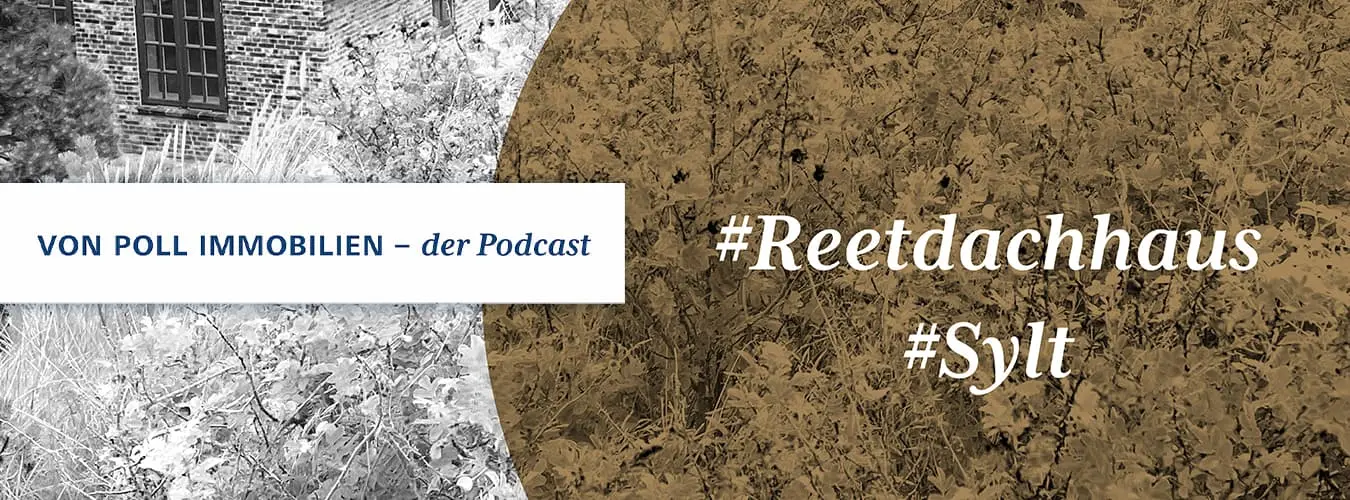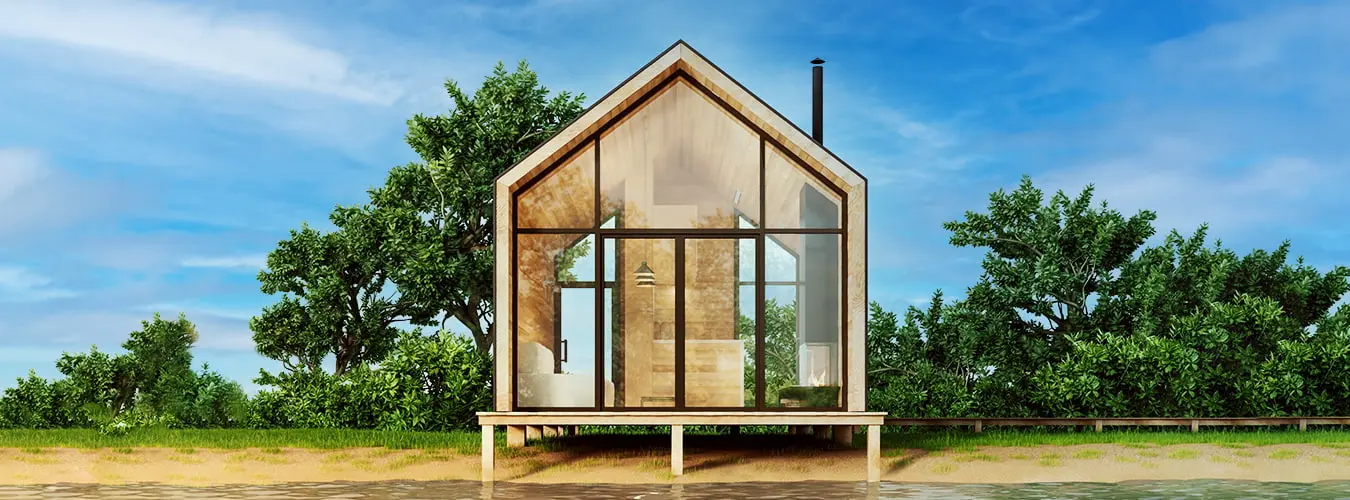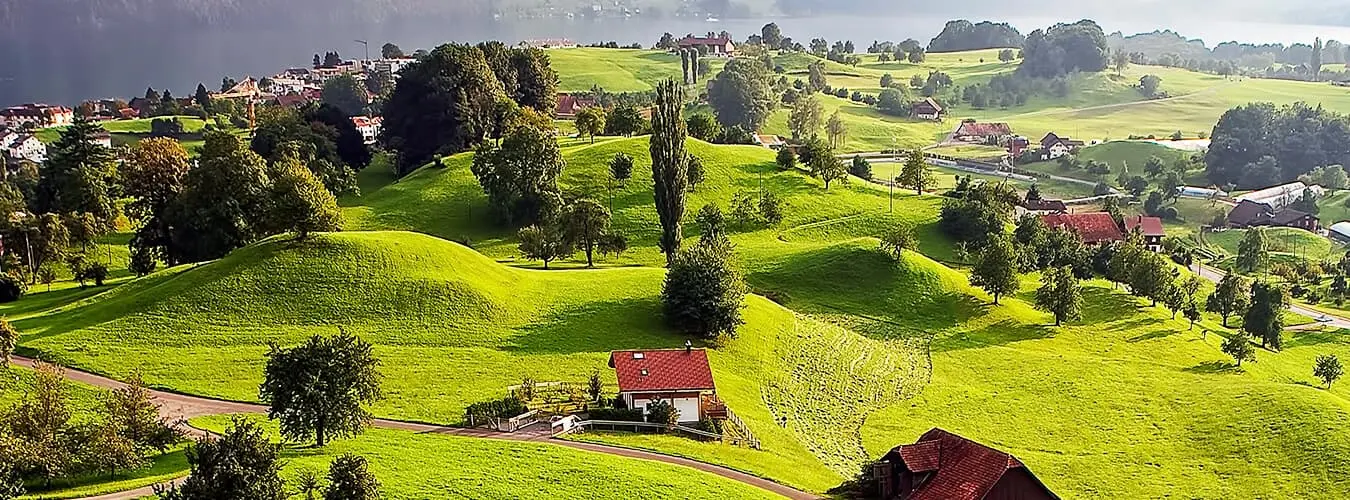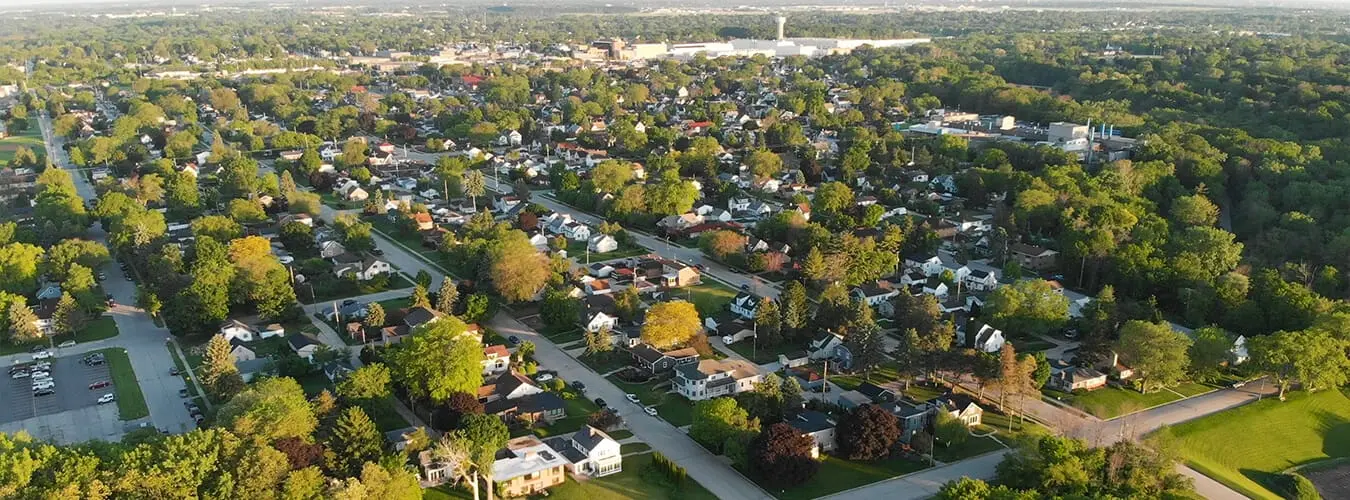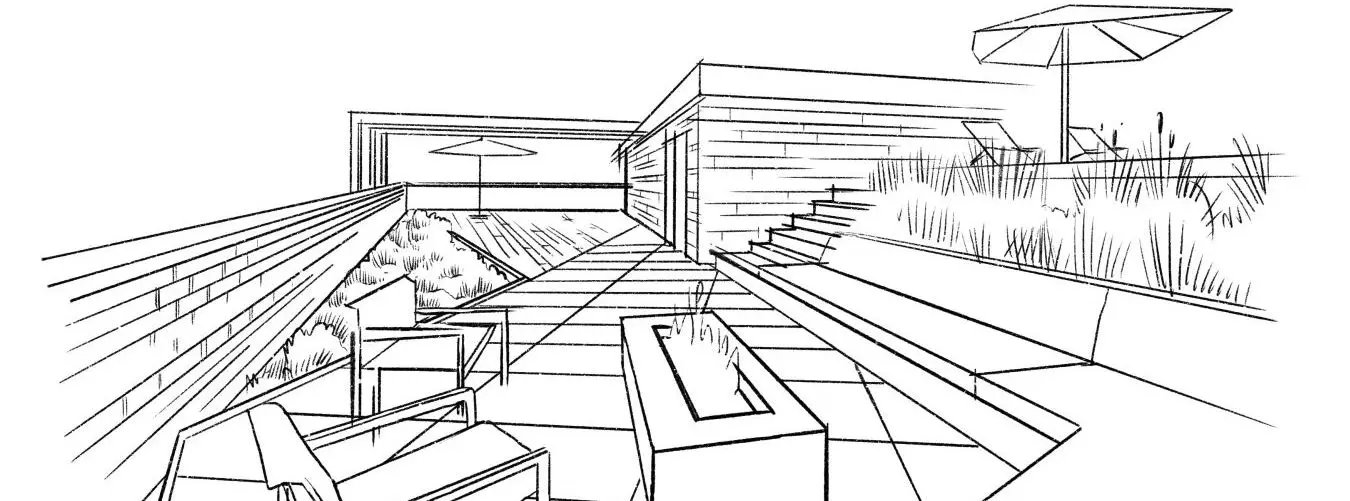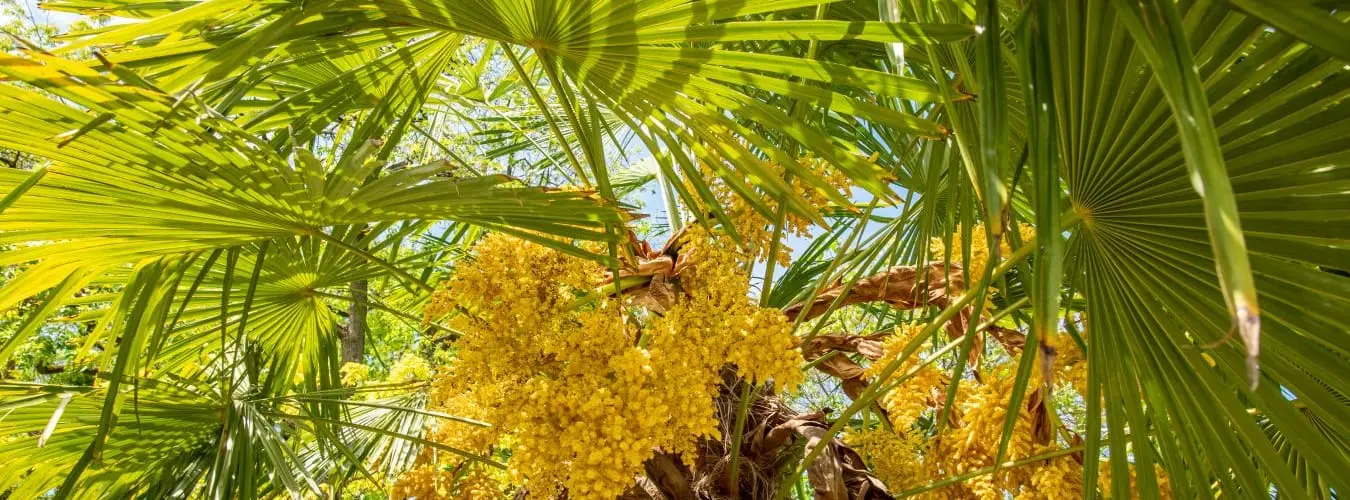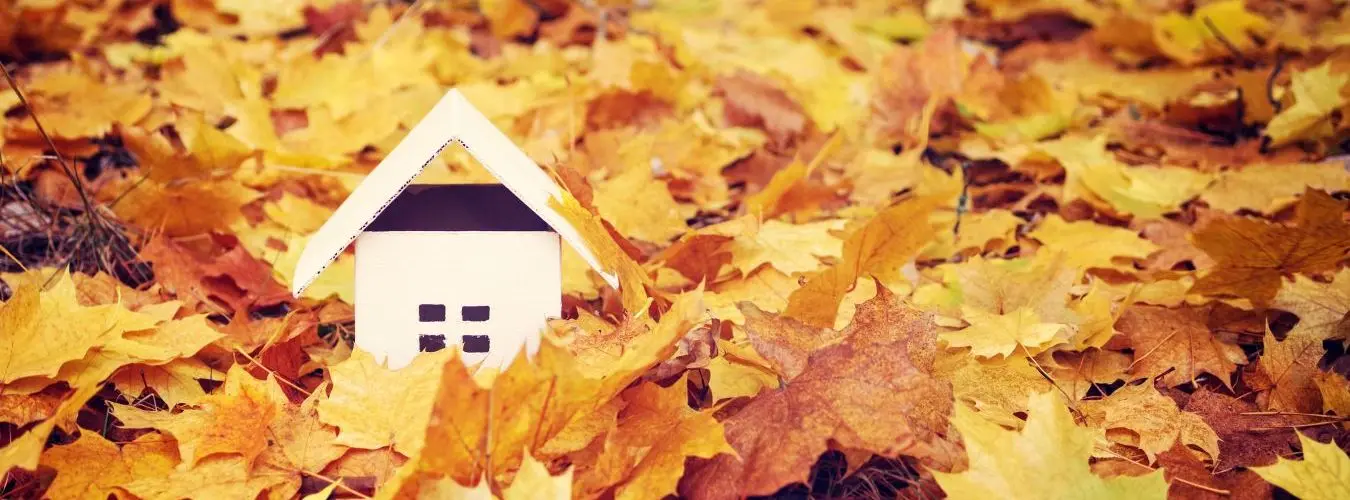When the leaves collect on the ground, many garden owners say: Where to put all the leaves? The collected autumn leaves can either be disposed of or reused. In some places in the garden, however, it is worth leaving the fallen leaves as natural fertilizer. In other places, owners must become active due to traffic safety.
Remove the leaves or leave them lying?
Whoever has a small garden can usually quickly collect the fallen leaves. It looks different with properties with large garden areas - here the raking and sweeping can last well and gladly also times somewhat longer. A tidy garden provides not only in the cold season for a good feeling - it promises additionally Vorfreude on the coming garden season.If the lawn is covered only once with leaves, goes for industrious garden owners the clearing away loose - or nevertheless not? Of course, everyone is free to remove the fallen leaves in their own garden or simply leave them lying around. Nevertheless, owners should bear in mind that a blanket of leaves can have rather unpleasant consequences for some plants.Particularly lawns and plants with soft shoots need sufficient light to grow - covered by a layer of leaves, they could quickly start to rot due to the increasing moisture. Therefore the autumn foliage should be removed here regularly.Anders behaves it with fallen leaves under shrubs or trees: These are suitable not only as winter quarters for animals, but serve additionally as natural fertilizer. But the leaves can also be quite useful on flower beds, as the foliage cover provides excellent frost protection. However, property owners should make sure that they remove diseased and already rotten leaves before the foliage is distributed in the flowerbed - these belong in the trash can.

Dispose of autumn leaves properly: how and where?
After the leaves have been swept together, one or the other question arises: where to put the collected leaves? How can the autumn leaves be disposed of properly? The best way is for owners to dispose of the collected leaves in the organic waste garbage can. However, since this does not always have sufficient capacity for all the leaves, the leaves can alternatively be temporarily stored on the compost. Your own compost creates soil with valuable nutrients that can be reused in the garden. Garden owners must make sure that the leaves only make up about 20 percent of the compost. Since the leaves begin to rot otherwise on the compost, they should be mixed with sufficiently garden and kitchen waste, the last lawn cut as well as branches.
Furthermore, special leaf bags or baskets can be found in many municipalities and communities, which are picked up and then disposed of according to regulations. Important: The leaves may neither be dumped in the forest, nor burned - both variants are not only potentially harmful to the environment, but also prohibited.
Who must remove the leaves on the sidewalk?
Generally, the community or municipality is responsible for removing the fallen leaves from sidewalks and streets. Here, the so-called duty to ensure traffic safety applies, as wet leaves or piles of leaves can quickly become a potential source of danger. However, the duty to sweep and clear is usually transferred to the property owners by statute. Therefore, homeowners must remove leaves from the sidewalks in front of their property. If the house is rented, this responsibility can also be transferred to the tenants by rental agreement. In this case, however, the landlord must regularly check whether the tenants are also adequately fulfilling their obligation. Alternatively, the property management can commission a professional cleaning service, whereby the costs can be apportioned to the tenants as part of the ancillary costs.
